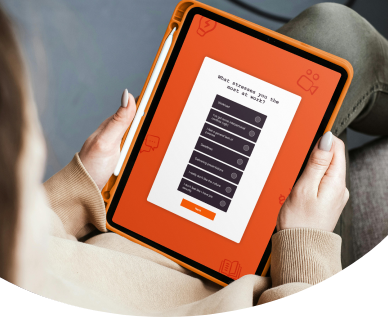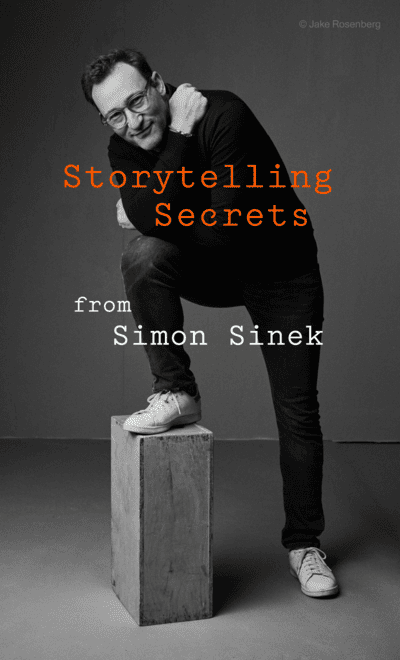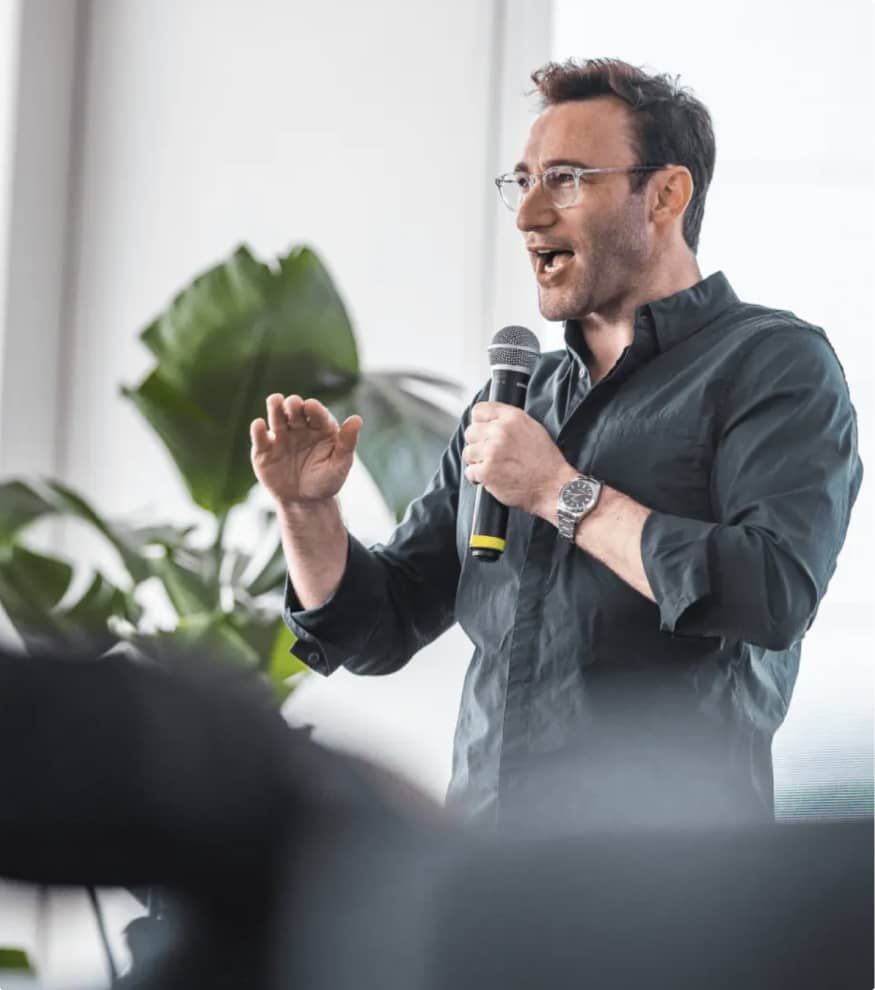Why are we writing this article? Because discovering your WHY is a powerful moment, but it’s just the beginning. One question we hear often from people who’ve done the work isn’t, “Did I find the right one?” It’s “Now what do I actually do with it?”
For those new to the concept, your WHY is a single sentence you discover through guided reflection and questions. It’s a purpose statement that captures your cause and your deepest beliefs about the change you want to make in the world. It’s not what you do or how you do it. It’s why you do anything at all. And when you finally find it, it resonates like truth. (There are plenty of resources out there that can help guide you to your WHY. Among them, Simon teaches it directly in his online course, Find Your WHY.)
But clarity needs action. Your WHY only transforms your work and life when it shows up in the choices you make today and tomorrow. So we sat down with Simon to ask: How do you actually use your WHY in the day to day? Below is what he said.
Your WHY Needs a Home (And It’s Not Your Wall)
“Consider writing out your WHY and placing it where you decide things, not just where you sleep,” says Simon.
He wasn’t kidding about placement. Simon puts his WHY on his phone lock screen and at the top of meeting agendas. “Seeing it first anchors your attention to meaning, not noise,” he says. Your WHY isn’t a trophy. It’s a tool. And like any tool, it only works when you keep it within reach.
The next part? Say it out loud.
“Open meetings with why we are here,” Simon says. “Frame interviews with why you do what you do. Share a brief story that proves it.” When people know the cause behind the work, they stop going through motions and start advancing a mission.
The Celery Test
Simon introduced us to something he calls the Celery Test. Imagine you’re shopping at the supermarket. “If your WHY is to promote health, you ignore the candy and buy celery and rice milk. You spend less, move faster, and anyone in line can see what you believe.”
The Celery Test means you choose only what clearly advances your WHY and leave the rest on the shelf. It saves time, money, and trust. And if you pick the candy once? “Do it consciously,” Simon says, “and call it a short‑term choice you will rebalance soon.”
Treat Your WHY Like a Decision Filter
“Ask a simple question before you say yes,” Simon says. “Say, ‘will this bring my WHY to life or distract from it?'”
If it advances the cause, commit fully. If it doesn’t, decline politely.
This is where some people stumble. They may think their WHY is something they say. Simon sees it differently: your WHY is something you prove, decision by decision, conversation by conversation, project by project. Every choice either strengthens or weakens the signal.
Make WHY Operational, Not Ornamental
“Put it on dashboards and agendas,” says Simon. “Start all‑hands meetings with a quick story of someone who advanced the cause, not just a metric they hit.”
He continues: “Hire for values fit and train for skills. Choose partners who share your beliefs. If a product or project no longer fits, consider retiring it.”
Simon’s talking about embedding your WHY into systems, rituals, and even personnel decisions. When your WHY lives in your hiring rubric and your partnership agreements, it stops being an aspiration and becomes your operating system.
Your 30‑Day WHY Sprint
If you’re game to put your WHY into practice, consider taking a 30‑day sprint.
Commit to starting certain meetings with your WHY. Run the Celery Test on new initiatives. Share one weekly story of your WHY in action with your colleagues. Track how it feels and what changes. Add more only after these stick.
When you do this, you’re not overhauling your entire life. You’re testing three practices for one month. When your sprints over, you’ll be amazed at how you feel.
Ready to put your WHY to work? Join Simon in the Find Your WHY online course and get the tools, exercises, and support to make purpose practical.












